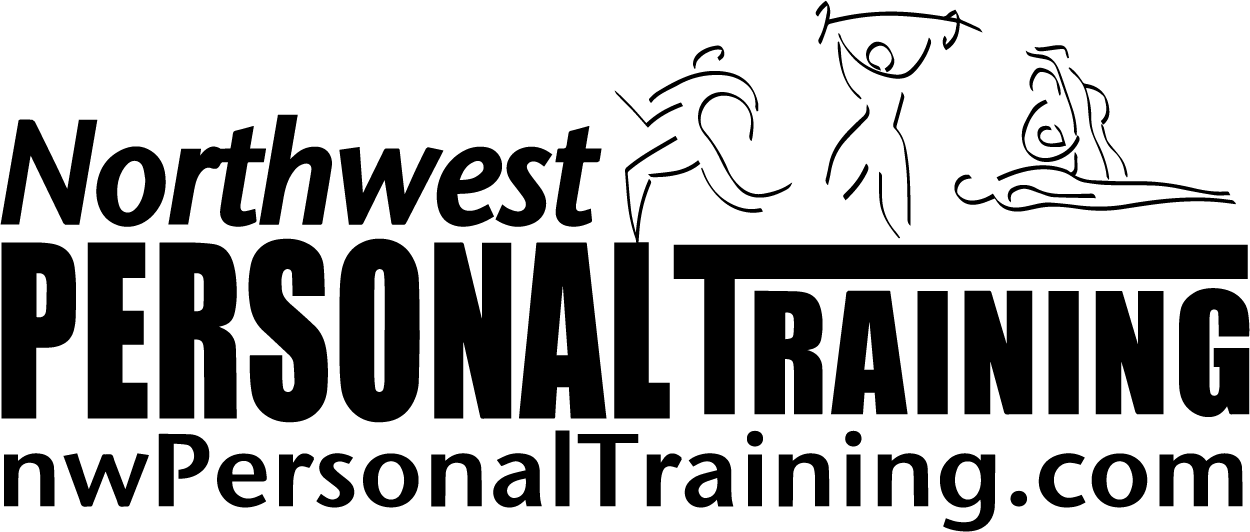 Some fitness enthusiasts complain that the more they workout, the hungrier they are and the more they eat counteracting the calories burned during their exercise sessions! A 30 minute workout will burn approximately 300 calories. The bad news is it can take just a few minutes to consume 300 calories. Some people make the mistake of thinking that since they exercise that gives them free reign to eat whatever they want. Unfortunately that’s not the case. If your goal is to lose weight, you need to practice healthy nutrition and portion control just like everyone else.
Some fitness enthusiasts complain that the more they workout, the hungrier they are and the more they eat counteracting the calories burned during their exercise sessions! A 30 minute workout will burn approximately 300 calories. The bad news is it can take just a few minutes to consume 300 calories. Some people make the mistake of thinking that since they exercise that gives them free reign to eat whatever they want. Unfortunately that’s not the case. If your goal is to lose weight, you need to practice healthy nutrition and portion control just like everyone else.
So, is working out making you hungrier?
Here are some tips for curbing your appetite when your workouts are making your ravenous.
- Be sure to eat a lot of fruits and vegetables as this will ensure you’re getting enough nutrients and fiber to keep you full longer and still performing at your best.
- An easy way to assure a balanced diet is to divide your plate into four parts. A quarter of the plate will be reserved for a starch (whole grain rice/pasta, bread, wrap), another quarter of the plate will be reserved for protein like chicken, salmon, lean beef or tofu, and the last half of the plate should be reserved for fruits and/or vegetables.
- Use a smaller plate. This will force you to start with fewer calories right away. A bigger plate automatically means more calories.
- 20 minutes before you eat your meal, have a cup of soup, a handful of walnuts, a small salad, a cup of juice, or 8-16 ounces of water. This will help to suppress your appetite.
- Try to avoid eating while participating in other activities like watching TV, working, driving etc. Mindless eating leads to additional calories.
- To help avoid brain-dead, late-night eating, brush your teeth after dinner. Pop a breath mint or breath strip. Go for a walk. Read a book. Take a bath.
- Buy single serving items to help control portions. Avoid buying in bulk. Studies show that when people buy in bulk, they also eat in bulk. Remember – if it’s there, you’ll eat it!
Eat slowly. The brain needs 20 minutes to receive the signal that you’re full.
- After food is placed in front of you, wait 5 minutes before you eat
- Place small mouthfuls of food on fork/spoon
- Completely swallow food before you add more food to fork/spoon
- Put down utensils in between bites
- Use smaller utensils
- Consciously take time to taste, chew and savor food
- Stretch out meals, making them last 30 minutes. Take a five minute break about 10 minutes into your meal
- Take sips of water or other non-caloric beverages between bites
- Introduce a one or two minute delay between courses
- Consider your environment. For example, some studies show that people eat more when fast music is playing compared to slower music or will eat more while watching an action or horror flick.
When eating out:
- Order one meal and ask for two plates so you can split the meal.
- Don’t order super-size meals; opt for regular or kiddie portions instead
- Share desserts
- Order water immediately
- Order butter and salad dressing on the side
- Ask for your meat broiled and without any additional fat added
- Ask for your chicken to be prepared without the skin
- Order a salad instead of french fries
- Order a tomato instead of cream sauce for pasta dishes
- Take one piece of bread from the basket and then ask for the basket to be taken away. Or ask for a complimentary vegetable platter instead of bread basket.
- Order tomato and broth soups instead of cream-based soups
- Order fresh fruit desserts
- Do not be afraid to ask for any type of substitutions
- To help control portions, keep a food log and submit it to a professional.
Yours in Health & Fitness,
Sherri McMillan
Like us on Facebook and get FREE instant access to my “Achieving your Personal Best” eVideo – Learn the critical steps to help you lose weight, feel great and live your best life.
Don’t forget to sign up to receive my blog posts in your inbox!
Just enter your name and email in the form up here.


